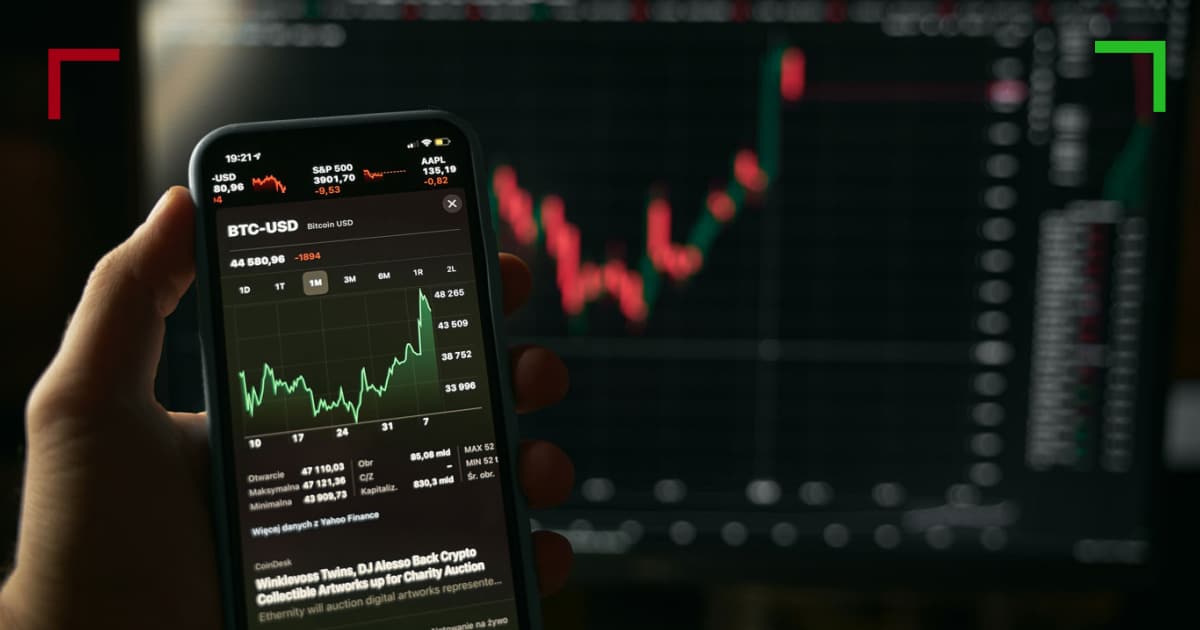
Trading Crypto Indicators: A Comprehensive Guide
In the ever-evolving landscape of cryptocurrency trading, understanding how to make informed decisions is crucial for success. This guide aims to delve into the world of trading crypto indicators, providing you with the tools and knowledge necessary to navigate this volatile market. For further insights and discussions, you can visit Trading Crypto Indicators http://www.allstocks.com/stockmessageboard/cgi-bin/ultimatebb.cgi?ubb=reply;f=2;t=009875.
What Are Trading Indicators?
Trading indicators are statistical calculations based on historical price, volume, or open interest information that traders use to forecast future price movements. These indicators can help traders identify trends, momentum, and potential reversal points, thus allowing them to make more informed trading decisions in the cryptocurrency markets.
Types of Trading Crypto Indicators
There are two primary categories of trading indicators that crypto traders frequently utilize:
- Technical Indicators: These are mathematical calculations based on historical price and volume data. They include popular indicators such as Moving Averages, RSI (Relative Strength Index), and Bollinger Bands.
- Fundamental Indicators: These assess the underlying factors that can affect a cryptocurrency’s value, such as market demand, technology adoption, and regulatory changes.
Essential Technical Indicators
1. Moving Averages (MA)

Moving averages smooth out price data to identify trends over a specified period. The two most common types are the Simple Moving Average (SMA) and the Exponential Moving Average (EMA). Traders often use these indicators to assess whether to enter or exit a position based on trend shifts.
2. Relative Strength Index (RSI)
The RSI is a momentum oscillator that measures the speed and change of price movements. It ranges from 0 to 100 and is typically used to identify overbought or oversold conditions. A common trading strategy is to buy when the RSI falls below 30 (oversold) and sell when it rises above 70 (overbought).
3. Bollinger Bands
Bollinger Bands consist of a middle band (SMA) and two outer bands that are standard deviations away from the middle band. They help traders identify volatility and potential price reversals. When the price touches the outer bands, it can indicate an overbought or oversold market, prompting traders to take action.
Using Volume Indicators
Volume indicators help traders understand the strength behind a price movement. They measure the number of assets traded during a specific period and can validate trends. For instance, a price increase accompanied by high volume may indicate strength, while a price increase on low volume may suggest a weak trend.
1. On-Balance Volume (OBV)

OBV is a cumulative volume-based indicator that indicates the buying and selling pressure by analyzing volume flow. An increasing OBV suggests that buyers are willing to step in, while a decreasing OBV shows that sellers are dominating.
2. Accumulation/Distribution Line
This indicator considers both price and volume to show how much of a cryptocurrency is being accumulated or distributed over time. It helps traders assess whether a trend is strong and whether a reversal is imminent.
Implementing Indicators in Your Trading Strategy
Successful trading requires more than just relying on indicators; it involves integrating them into a comprehensive trading strategy. Here are some key points to consider:
- Combine Indicators: Using multiple indicators can provide more reliable signals. For example, combining RSI with Moving Averages can help confirm trends.
- Practice Risk Management: No indicator is foolproof. Always set stop-loss orders and only invest what you can afford to lose.
- Adapt to Market Conditions: Different indicators perform better under different market conditions. Be prepared to adjust your strategy based on market volatility.
Conclusion
Trading crypto indicators are invaluable tools for any trader looking to enhance their ability to forecast price movements and make informed decisions. Understanding the various types of indicators, how to interpret them, and where to apply them in your trading strategy is essential for navigating the complexities of the cryptocurrency market. Always remember to combine indicators with sound trading practices to ensure the best chance of success in this exciting and dynamic field.
